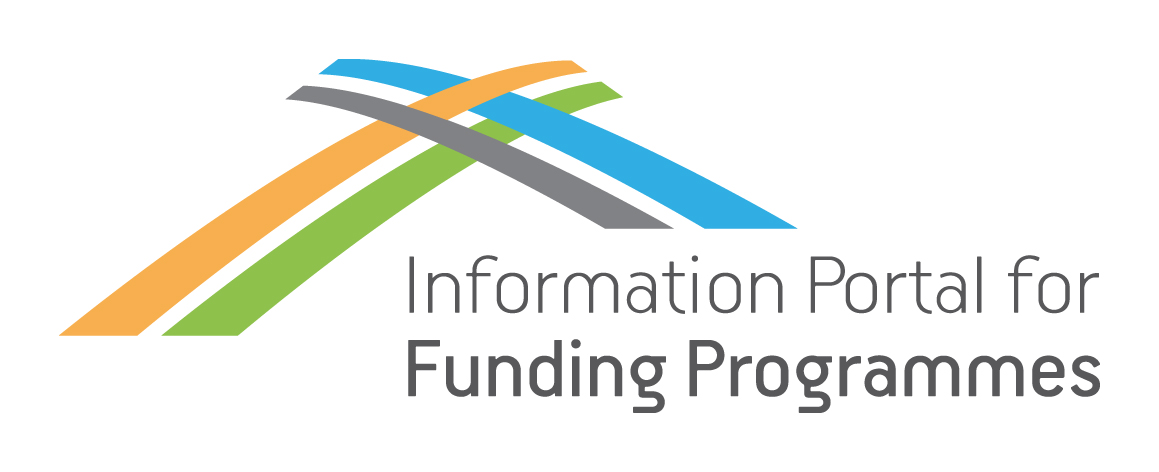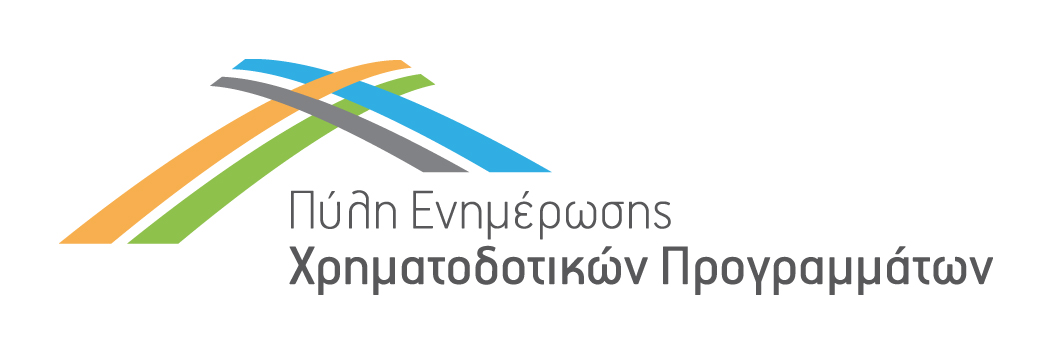Programme Category
Programme Name
Programme Description
Horizon Europe is the European Union (EU) funding programme for the period 2021 – 2027, which targets the sectors of research and innovation. The programme’s budget is around € 95.5 billion, of which € 5.4 billion is from NextGenerationEU to stimulate recovery and strengthen the EU’s resilience in the future, and € 4.5 billion is additional aid.
Identifier Code
Call
Summary
Projects’ results under this topic, are expected to contribute to some or all of the following outcomes:
- Improved capabilities for risk and faulty events identification in infrastructure networks and smart cities through real-time analysis (including big data) by public and private actors via secured and trusted platforms and interconnected systems where the collaboration follows clear legal and political frameworks.
- Tools and processes for facilitating stakeholders efforts to identify, analyse, assess and continuously monitor risks and boost adaptive capacity to unexpected events risks in advance by allowing for the analysis of various data sources (e.g. audio, video, social media, web-content, spatial information, sensor or machine generated data).
- Fast and continuous real-time identification, classification and tracking of hazardous agents, contaminants or anomalies in infrastructure networks and supply-chains.
- Interoperable interfaces and improved collaboration between infrastructure operation detection and response systems, national/EU risk management/coordination centres and first responder equipment in order to allow for remote on-scene operations considering citizen knowledge.
- Increased cyber-resilience of industrial xG networks and cloud data covering specific infrastructure domains.
- Improved ability to map in real-time the source(s) of risk factors that could endanger the networked infrastructure supported by Earth Observation and geolocation data.
Detailed Call Description
Telecommunication networks, transport networks, aviation, energy, water grids, finance are the backbone of today’s society. Due to their exceptional complexity and size, infrastructure networks pose a specific challenge when it comes to identifying different risks, either cyber or physical. Especially in the cyber-domain, many intrusions or attacks remain unnoticed or are detected relatively late. Technological developments in areas like machine learning for analytics, user interfaces as well as storage applications have the potential to improve related capabilities.
Modern urban environments and interconnected infrastructures create constantly big amounts of data. In addition, other sources can be exploited to support the identification and analysis of risks to infrastructures. Therefore, research on enhanced risk anticipation through real-time data analysis has the potential to lead to useful tools to enhance preparedness (contingency plans, scenario-based exercises, allocation of resources, etc.).
Resilience of smart cities is marked by a set of specific requirements taking into account most notably aspects from the integration considering user centred approaches as well as social and ethical aspects of Industrial Internet of Things (IIoT), AI/ Machine Learning approaches for real-time data analytics, ensuring transparency, sufficient knowledge and their operational challenges in this area.
While the availability of larger amounts of data from different sources offers potential to improve the identification of possible risks to infrastructures, it also increases the demand for fast and resilient analytical tools. There is a need to filter information to identify data that is relevant as an indicator for risks and – given the large number of different forms of cyber-attacks or intrusions – also a need to prioritise and decide according to the degree of danger they present. This implies the need for matching data in the appropriate context and verifying the source with a view of ensuring that only relevant data is analysed, thus avoiding false results. Faster identification and localisation of hazardous agents and contaminants inside the infrastructure networks is a key to allow for quick response, inform and involve citizens and residents as well as avoid large-scale damage of any incident. Such identification capabilities can be deployed as part of the infrastructure and integrate with the systems public authorities use to make sure information is available as soon as possible. Furthermore, it is crucial to develop methods for better cooperation between different actors to ensure a common understanding and interpretation of data and to provide interactive tools for exchange and visualisation for decision support. Cooperation between different public and private actors is essential in this regard.
Call Total Budget
Financing percentage by EU or other bodies / Level of Subsidy or Loan
100%
Expected EU contribution per project: €5.00 million
Thematic Categories
- Information Technology
- Justice - Security
- Research, Technological Development and Innovation
Eligibility for Participation
- Central Government
- International Organisations
- NGOs
- Non Profit Organisations
- Other Beneficiaries
- Private Bodies
- Researchers/Research Centers/Institutions
- Semi-governmental organisations
- State-owned Enterprises
Eligibility For Participation Notes
The following exceptions apply: subject to restrictions for the protection of European communication networks.
The following additional eligibility criteria apply: This topic requires the active involvement, as beneficiaries, of at least 3 infrastructure operators, which could include civil protection authorities, at national level from at least 3 different EU Member States or Associated Countries. For these participants, applicants must fill in the table “Information about security practitioners” in the application form with all the requested information, following the template provided in the submission IT tool.
If projects use satellite-based earth observation, positioning, navigation and/or related timing data and services, beneficiaries must make use of Copernicus and/or Galileo/EGNOS (other data and services may additionally be used).
Call Opening Date
Call Closing Date
National Contact Point(s)
Research and Innovation Foundation
29a Andrea Michalakopoulou, 1075 Nicosia,
P.B. 23422, 1683 Nicosia
Telephone: +357 22205000
Fax: +357 22205001
Email: support@research.org.cy
Website: https://www.research.org.cy/en/
Contact Persons:
Dr. Ioannis Theodorou
Scientific Officer
Τelephone: +357 22 20 50 38
Email: itheodorou@research.org.cy
Christakis Theocharous
Scientific Officer A’
Telephone: +357 22 20 50 29
Email: ctheocharous@research.org.cy




